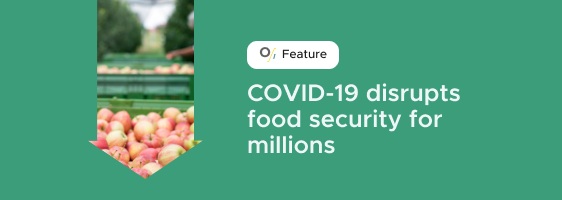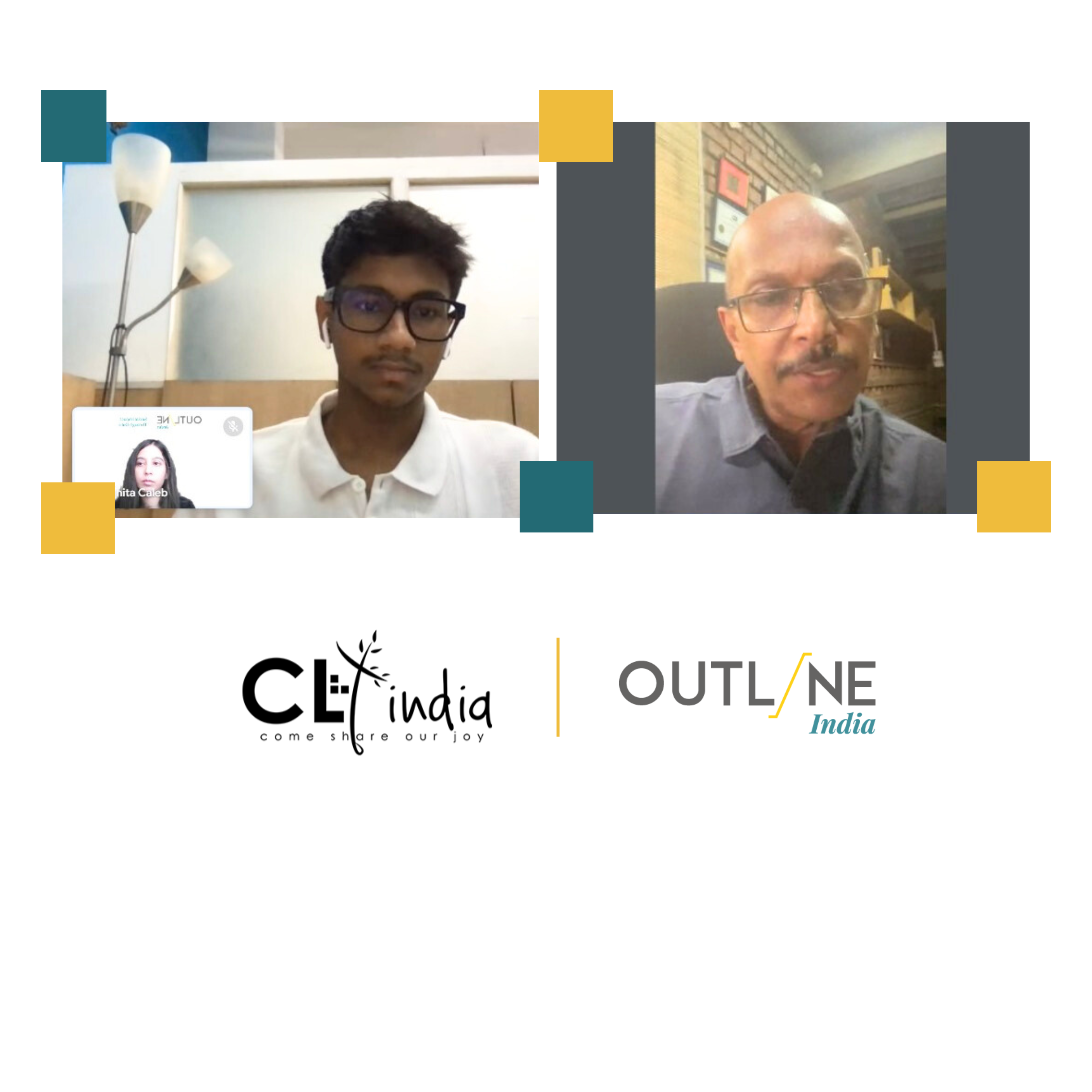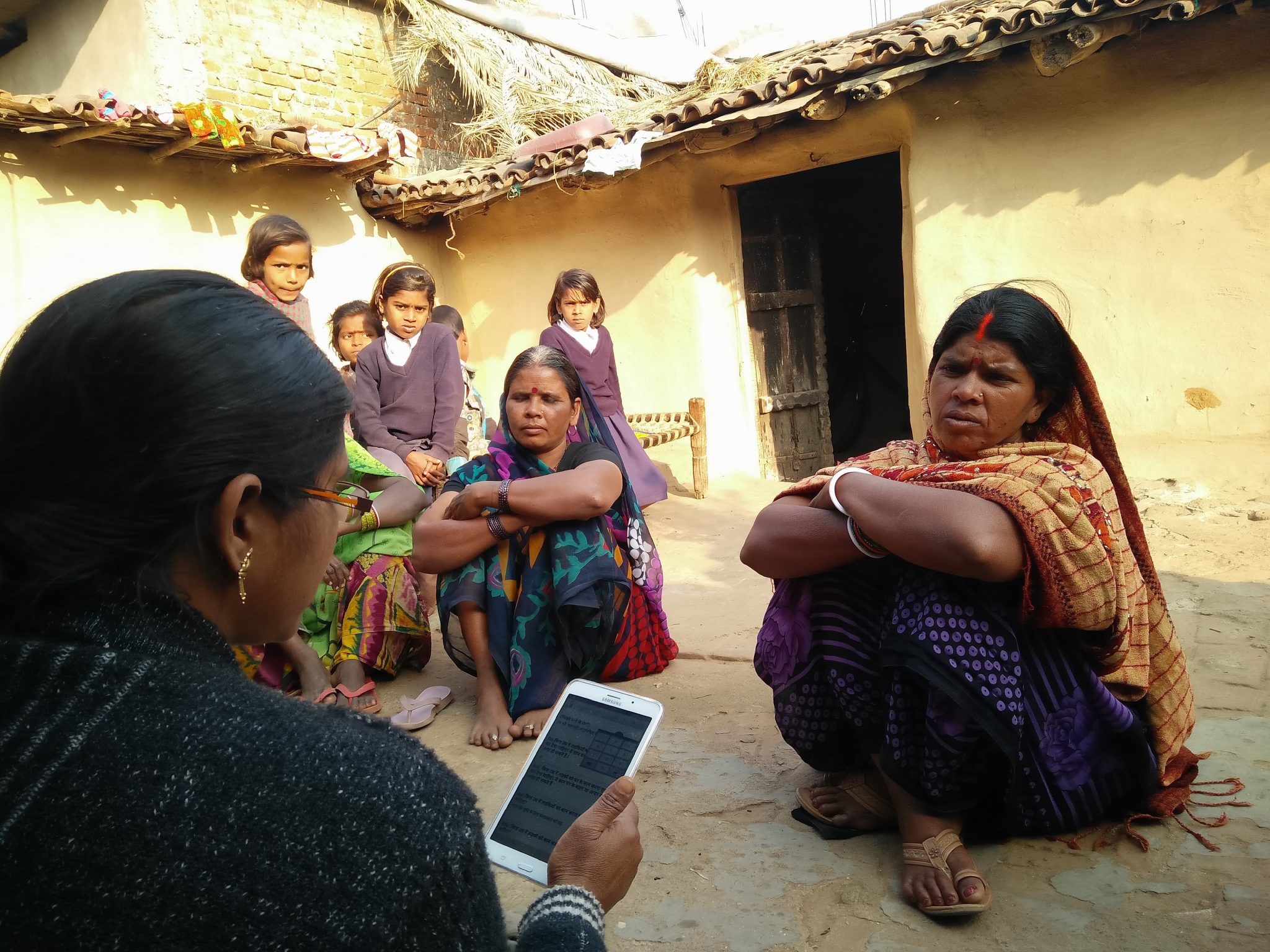Blog Details
Amongst the several disruptions spurred by COVID-19, the rise in hunger has been one of the most tangible and hard-hitting for the vulnerable. This blog highlights the reasons for food insecurity heightened by the pandemic. It also delves into the plight of the marginalized bearing the brunt of this double whammy.
Lockdown, restricted trade and travel have made headlines in the last few months consequently altering our regular social and economic patterns. While these governmental measures are seen as imperative steps to curb the spread of the disease, they have compounded the pre-covid food security crisis. The struggle to achieve the UN’s second SDG “NO HUNGER”, was an already exacting task before the pandemic and now, it’s become inexplicably difficult. Data suggests that the problem of food security has worsened over the past 5 years with the Global report on food crisis (published every year by the UN WFP) stating that the unfortunate stuck in the turmoil of ‘Food Crisis’ reached 135 million, highest in the past four years dedicated to monitoring this problem.
Moreover, internal conflicts, climate change, and economic instability have proven to be the most significant drivers of the food crisis. The calamity has worsened in key conflict areas, notably the Democratic Republic of the Congo and South Sudan as well as Haiti, Pakistan, and Zimbabwe. 61% of the total population in South Sudan faced food insecurity in 2019. The World Food Programme (WFP) has estimated that, in all the countries where it operates, between April 2020 and April 2021, around 111 million people have become victims of food insecurity.
According to the UN, ‘Food Security’ means “that all people, at all times, have physical, social, and economic access to sufficient, safe, and nutritious food that meets their food preferences and dietary needs for an active and healthy life.” There are six pillars of food security - availability, access, utilization, stability, agency and sustainability and expectedly, Covid-19 took a toll on all six of them. The figure below illustrates the same, highlighting the damage to the humanitarian projects undertaken in each area. Even though during the initial phase of the lockdown the food availability was not extremely hampered, its accessibility to the poor was drastically impacted.
Having developed an overview of it all, let’s delve further into How really did the Virus impact Security?
For the first time, the ‘Food Crisis’ has been driven by the Supply and Demand side both. As the Virus started spreading rapidly across the globe, supply and demand for food was simultaneously being chipped off all over the globe due to lockdowns and trade restrictions.
With the lockdown in effect in more than 100 countries in April 2020, the global supply chain was profoundly affected. “Right now, we have ample global stocks of food to feed everybody. The problem is the movement of those commodities”, said Arif Hussain, the director of research at WFP, in an interview with The Newyorker. The restriction on the movement of products across borders left the countries dependent on food imports completely defenceless.
From 2016 - 2018, the African continent imported almost 85% of its food, depicting their dependence on other countries with regard to food security. Due to the pandemic, last year acute food insecurity in Africa increased by over 60 percent. Additionally, food producers reliant on selling their crops via distant export markets were highly vulnerable, particularly producers of perishable food and agricultural products. For instance in Bangladesh, shrimp farmers were fighting to eat due to 80% cancellation of export orders for shrimp amounting to $54m (£39m)
As business activities came to a halt with the mandate of lockdown, unemployment started increasing and there was a dramatic loss of income on a global scale. The resulting drop in the purchasing power among those who lost their jobs had a severe impact on food security, especially for those who were already vulnerable. In India, 91% of the total workforce comprises informal workers. Out of this about 80% workers lost their jobs during the lockdown and 63% percent survived on two meals per day. The global recession exacerbated social inequality in most countries and affected their access to basic needs such as healthcare, food, sanitation, water, etc, all of which have an impact on food security and nutrition.
Food security was also affected because of rising food prices. Last year, Global food prices rose around 20% propelling a significant number of people to reduce their food consumption. A survey conducted in the Carribeans by CARICOM showed that around 71% of the respondents observed higher than usual food prices, with lowest income groups more commonly reporting increases. In Brazil, the food prices shot up by more than 15% last year. Rising food prices with people losing their incomes led more and more people to reduce their food consumption.
IMPACT OF COVID ON FOOD SECURITY IN INDIA:
Even though India is one of the world's largest food producers, the weakened supply chain operations during Covid-19, had a drastic impact on the accessibility of food for millions in the country. As the 94th rank holder in the Global Hunger Index, the serious problem of food security in India was aggravated by the pandemic.
Accessibility of food became extremely strenuous as the purchasing power of the society declined while food inflation spiked up to 11.7% last October. A study conducted in the rural area of UP suggested that household food insecurity (HFI) increased drastically from 21% in December 2019 to 80% in August 2020.
Moreover, food safety nets such as Mid Day Meal, which serve as a lifeline for children studying in government schools came to a halt in some states and left its beneficiaries defenseless. Thus, with high food prices, rising unemployment, inoperative food safety nets, distorted supply chain the country’s vulnerability to food insecurity compounded immensely last year.
Way Forward
The pandemic has not only challenged the health system but also the other sectors such as Education, Agriculture, etc. However, in terms of Hunger and Poverty, there are certain goals that governments should formulate in order to prevent such a crisis.
Supply chains should be bolstered and strengthened.
Governments need to strengthen their food safety nets and provide financial support to their beneficiaries in times of crisis. When on one hand India announced a USD 22.6 billion relief package to take care of food security for the poor, the Brazilian President took a back foot and left the people to decide their own fate. The hunger Index in Brazil has increased to its highest in the past 16 years. People living under chronic hunger increased from 10 million to 19 million in Brazil last year.
It’s an obvious action on the part of international organizations and governments to enhance preparedness and prevention. As food insecurity was already increasing before the pandemic and has only now worsened, indicates that this will be the new normal. Thus, it's important for us to not get caught off guard by such a crisis and prevent food insecurity from economical and environmental changes.








David Angel Makel
IT ConsultantIt is a long established fact that a reader will be distracted by the readable content page looking at its layout point of using normal